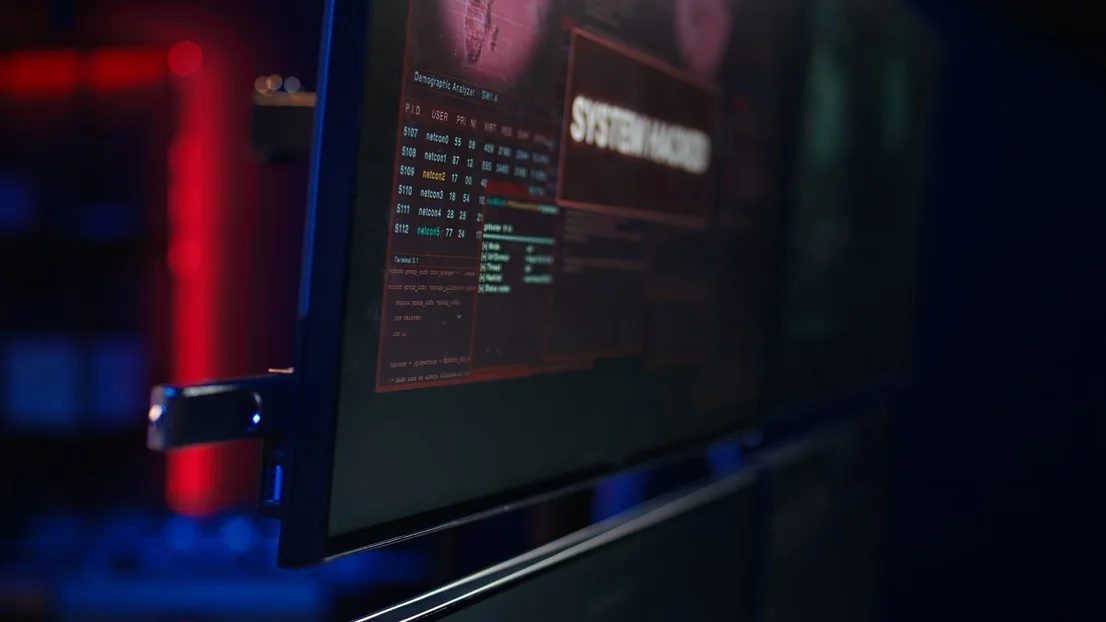Cyberattacks are evolving faster than most businesses can keep up with. If you think installing a top-rated antivirus is all it takes to stay protected, you’re leaving the door wide open to threats. The truth? Antivirus is just one layer in what should be a multi-layered approach to cybersecurity.
At KIS Technologies Inc., we understand that real protection means much more than basic software. Our approach combines advanced tools like EDR, MDR, firewalls, and managed support to secure every level of your IT infrastructure. If your business can’t afford downtime, data loss, or a damaged reputation, it’s time to think beyond antivirus.
Quick Points
- Antivirus is just the starting point—cybersecurity needs layers.
- Tools like EDR, MDR, and firewalls work together to block advanced threats.
- Ongoing managed support is critical for detection, response, and recovery.

Antivirus Is Just the First Layer
Using antivirus is like locking your front door—it’s a good start, but it’s not going to stop someone climbing in through a window. Modern threats are sophisticated. Ransomware, phishing, and zero-day exploits often bypass traditional antivirus tools because they’re designed to target endpoints in smarter, stealthier ways.
What Antivirus Can—and Can’t—Do
Antivirus software detects and removes known threats. It scans files, monitors downloads, and blocks suspicious applications. But antivirus relies heavily on databases of known signatures. That means it often misses brand-new or deeply embedded malware, and it typically offers little insight into how threats entered your network.
The Risks of Relying on Antivirus Alone
Relying solely on antivirus leaves your business vulnerable to targeted attacks, insider threats, and advanced persistent threats (APTs). Attackers today use fileless malware, obfuscated payloads, and social engineering tactics that slip right past signature-based detection. Antivirus simply isn’t built to handle this.
Why Cybersecurity Needs Layers
A layered security strategy, or “defense in depth,” is the best way to stay ahead of threats. Each layer—endpoint protection, network monitoring, traffic filtering, user behavior analytics—helps detect and respond to threats at different stages of an attack. One layer might miss something, but together, they drastically reduce your risk.
The Role of Human Expertise
Even the most advanced technology needs skilled people behind it. Many breaches go unnoticed not because tools fail, but because there’s no one actively watching. A strong cybersecurity posture requires continuous monitoring, investigation, and response—all handled by qualified professionals who know what to look for.
Let’s Talk About EDR
Endpoint Detection and Response (EDR) provides visibility far beyond what antivirus can see. EDR monitors endpoints (like laptops and servers) for suspicious activity, analyzes behaviors, and provides real-time alerts when something’s off.
EDR vs. Antivirus: What’s the Difference?
Antivirus tries to prevent threats; EDR focuses on detecting and responding to those that make it through. With EDR, your team can see how an attack started, what it touched, and how to stop it from spreading. It’s not just protection—it’s investigation and response, too.
What Makes EDR Essential?
EDR tools collect rich telemetry data, like process activity, file changes, and network behavior. This data helps security teams trace threats in real time and even reverse-engineer how a breach occurred. It’s proactive, not just reactive.
What About MDR?
Managed Detection and Response (MDR) takes EDR a step further by adding 24/7 human oversight. Not every business can afford in-house security analysts—that’s where MDR steps in.
Why MDR Is a Game-Changer
MDR provides around-the-clock threat hunting, incident analysis, and response. It’s like having a security operations center (SOC) without the overhead. MDR teams don’t just send alerts—they investigate and act on them, fast.
How MDR Supports Your Business
When threats emerge, every second counts. MDR ensures that threats are validated, contained, and resolved with minimal disruption. This kind of hands-on service significantly reduces the risk of extended downtime or costly breaches.
Firewalls Are Still a Cornerstone
Firewalls may seem old-school, but they’re still one of the most important pieces of your defense strategy. Firewalls control the flow of traffic into and out of your network, filtering out unwanted access and malicious data packets.
You Still Need Managed Support
Cybersecurity isn’t “set it and forget it.” You need skilled professionals who can adjust configurations, patch vulnerabilities, review logs, and respond quickly to threats. That’s where managed IT support becomes crucial.
Real Protection Needs Integration
When EDR, MDR, firewalls, and managed support all work together, your business gains a clear advantage: threat visibility, faster response times, and proactive defenses that evolve with the threat landscape.
Layered Security Works Like a Team
Each tool covers a specific role. The firewall blocks threats at the perimeter. EDR catches what slips past. MDR hunts for stealthy activity. Managed support ties it all together, keeping your defenses up to date and responsive.
Why Integration Matters
Disconnected tools lead to security gaps. Integrated solutions share data and context, enabling smarter decisions and quicker action. A fully integrated security stack gives your team clarity instead of chaos.
The Hidden Cost of Piecemeal Solutions
Trying to manage separate tools from different vendors can create more complexity than protection. Misconfigurations, missed alerts, and conflicting updates can do more harm than good. Unified security isn’t just safer—it’s smarter.
Cybersecurity Isn’t One-Size-Fits-All
Every business is different. The right cybersecurity plan depends on your size, industry, risk tolerance, and internal resources. What’s critical is working with a provider who understands this and builds a strategy around you.
Final Thoughts
You can’t protect your business with antivirus alone. Today’s threats demand smarter, stronger, and more responsive solutions. A layered security approach—including EDR, MDR, firewalls, and ongoing support—gives you the resilience to face evolving cyber risks head-on.
At KIS Technologies Inc., we specialize in building integrated, customized security solutions that help businesses stay safe and operational—no matter what comes their way.
See how our layered approach keeps businesses safer. Contact KIS Technologies Inc. today.
